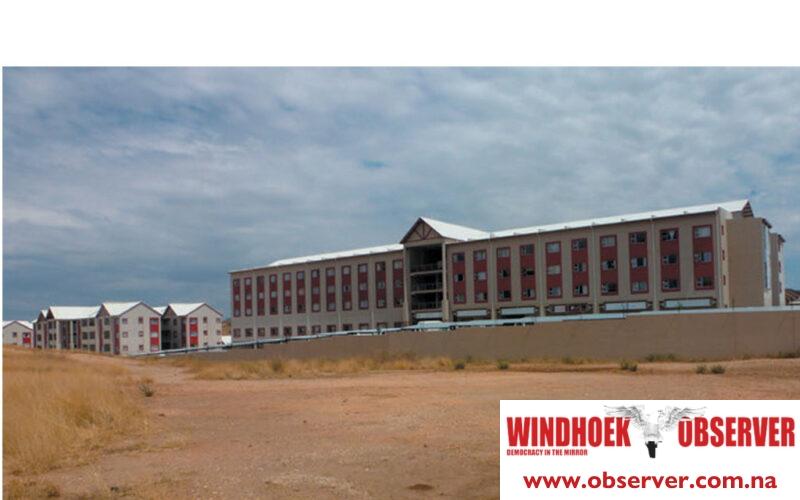The decline in completed building projects can be primarily attributed to elevated interest rates. At the beginning of 2023, the repo rate stood at a modest 6,75% in January, subsequently rising to 7% by March’s end.
This relatively low rate facilitated accessible borrowing, leading many individuals to secure loans from banks for property construction and renovation, according to Simonis Storm Securities. The current repo rate, now at 7,75%, has resulted in a decline in borrowing due to its heightened cost implications, the firm noted.
“In addition to high interest rates, other contributing factors include the soaring prices of building materials and plots, coupled with stricter lending policies. Moreover, analysing private sector credit extension for mortgage loans during the first quarter of 2024 reveals significant challenges. Corporate mortgage loan growth averaged a concerning -2,8%, while mortgage loan growth within household debt instruments remained subdued at 2%,” the firm noted.
In March, Windhoek observed a 2,6% month on month increase in approved building plans, rising from 192 to 197 approvals compared to February. Conversely, Swakopmund saw 14% month on month increase, with approvals climbing from 50 to 57 during the same period.
Simonis noted that on an annual basis, Windhoek saw a slight 1% year on year increase in approvals, while Swakopmund experienced a -12,3% year on year contraction, dropping from 65 in March 2023 to 57 approvals in March 2024. Quarterly, Windhoek observed an increase in approved plans during the first quarter of 2024, with 465 approvals totalling a value of N$539,8 million as compared to 458 in the same period of 2023.
Conversely, Swakopmund experienced a decline in approved building plans during the first quarter of 2024, with 132 approvals compared to 149 in the first quarter of 2023.
Simonis noted that most of the approved building plans in both Windhoek and Swakopmund predominantly focused on the residential segment of the market. In Windhoek, 76% of approved plans were for additions to existing buildings (150), 16% for new houses (32), and 6% for walls (11 projects). Only 1% each was allocated to commercial building plans and pools.
The highest concentration of approved projects in Windhoek was observed in areas like Klein Windhoek, Khomasdal, Katutura, and Goreangab. In Swakopmund, 53 new residential developments were approved, constituting 93% of the total, while the remaining 7% comprised approvals for new commercial institutions, only four projects.
Year-to-date, only 93 building projects have been completed in Windhoek, totalling N$126 million in value. This reflects a significant slowdown in building plan completions compared to the same period in 2023, during which 198 new projects were completed between January and end of March, Simonis noted.
“Despite the lower number of completed projects in 2024, their collective value is higher. Similarly, in Swakopmund, only 64 building projects have been completed year-to-date, with a total value of N$50,5 million. This contrasts with the 110 projects completed during the same period in 2023, amounting to a total value of N$78.0 million,” Simonis said.




